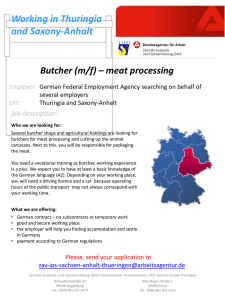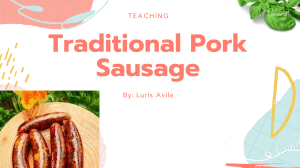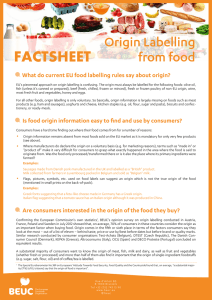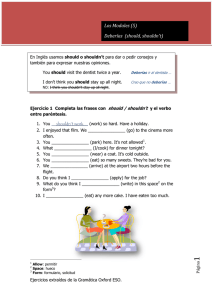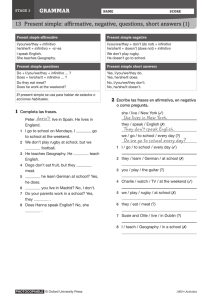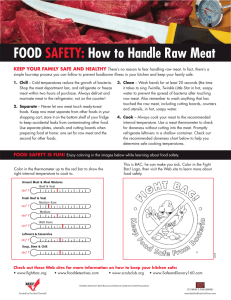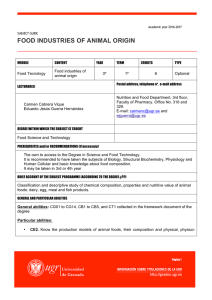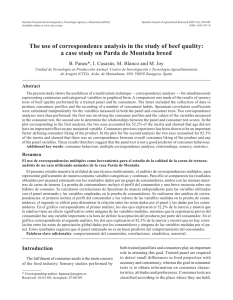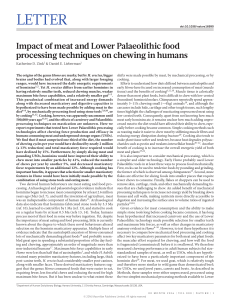Press Release on the IARC Monograph "Carcinogenicity of
Anuncio
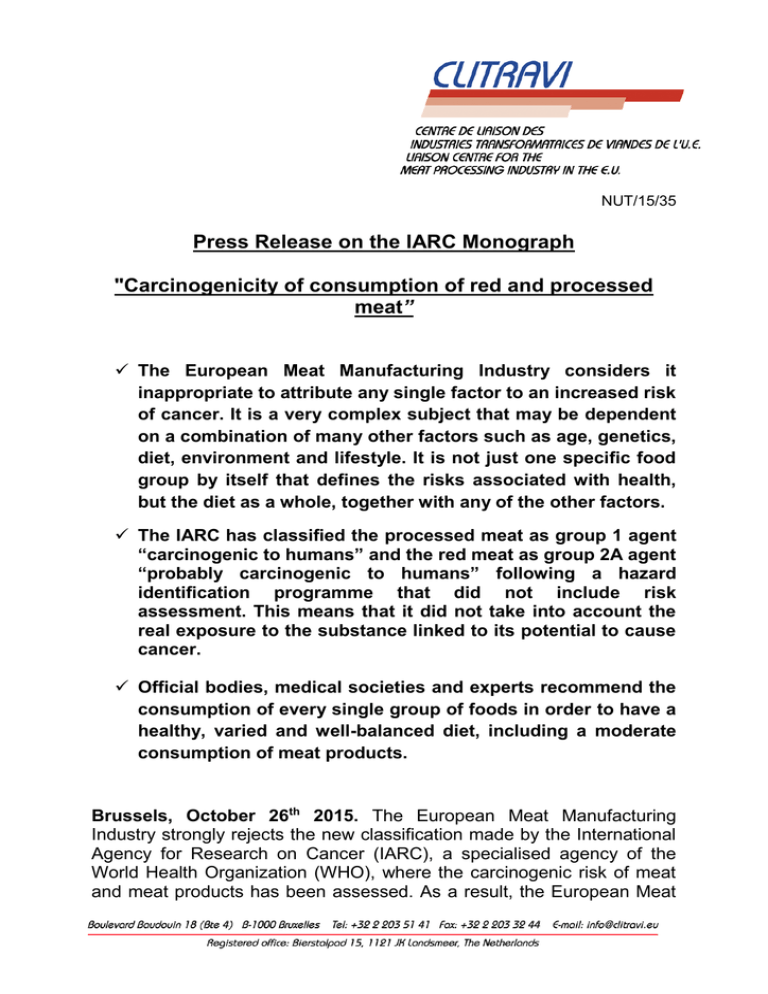
NUT/15/35 Press Release on the IARC Monograph "Carcinogenicity of consumption of red and processed meat” The European Meat Manufacturing Industry considers it inappropriate to attribute any single factor to an increased risk of cancer. It is a very complex subject that may be dependent on a combination of many other factors such as age, genetics, diet, environment and lifestyle. It is not just one specific food group by itself that defines the risks associated with health, but the diet as a whole, together with any of the other factors. The IARC has classified the processed meat as group 1 agent “carcinogenic to humans” and the red meat as group 2A agent “probably carcinogenic to humans” following a hazard identification programme that did not include risk assessment. This means that it did not take into account the real exposure to the substance linked to its potential to cause cancer. Official bodies, medical societies and experts recommend the consumption of every single group of foods in order to have a healthy, varied and well-balanced diet, including a moderate consumption of meat products. Brussels, October 26th 2015. The European Meat Manufacturing Industry strongly rejects the new classification made by the International Agency for Research on Cancer (IARC), a specialised agency of the World Health Organization (WHO), where the carcinogenic risk of meat and meat products has been assessed. As a result, the European Meat Manufacturing Industry has proactively stepped forward with the aim of providing as many details as possible, to serve as a complete basis and source of information for the consumer, to have a wider understanding of both, the hazard identification and the risk assessment associated. The IARC has classified the processed meat as group 1 agent “carcinogenic to humans” and the red meat as group 2A agent “probably carcinogenic to humans” following a hazard identification programme that did not include risk assessment. This means that it did not take into account the real exposure to the substance linked to its potential to cause cancer. After the announcement of the IARC, the Liaison Centre of the European Associations of Meat Manufacturing Industries (CLITRAVI) recommends a more holistic approach, considering the wide range of meat products produced in the European Union (EU) all with optimal nutritional value, that meet the various different requirements of consumers. There is extensive scientific evidence to prove the benefits of meat consumption within a healthy diet. Meat and meat products are an essential source of nutrients. They are an extraordinary source of proteins of high biological value, as well as a great source of essential amino acids; vitamins of the B group like B12 vitamin, which contributes to the regular functioning of the immune system and minerals like iron, which helps to reduce tiredness. Therefore, meat and meat products have a very interesting nutritional value, hardly replaceable by any other products in our daily intake. In addition, the European Meat Manufacturing Industry considers it to be inappropriate to attribute any single factor to an increased risk of cancer. It is a very complex subject and may be dependent on a combination of many other factors such as age, genetics, diet, environment and lifestyle. In fact, the relative risk (RR 1.18)1 of cancer deriving from meat products consumption is lower than the risk produced by other factors: colon diseases, BMI (Body Mass Index), lack of physical activity and tobacco. Environmental factors (including outdoor and indoor air, pollutants, as well as soil and drinking water contaminants) have shown much higher RR risk values (from RR 2 to 41) in different types of cancers2. The actual consumption of meat and meat products in the EU (24 g/day3 on average) is considerably lower than what could be considered as high daily intake (more than 50 g/day). Therefore, the European Meat Manufacturing Industry advises to maintain the current average intake of meat products, as like any other food, excessive consumption is never appropriate. 1Norat Tet al., Cancer Epidemiology 2015. http://dx.di.org/10.1016/j.canep.2014.12.016 P and Nyberg F. Contribution of environmental factors to cancer risk. British Medical Bulletin 2003; 68 71-94) 3 Euromonitor International. 2Boffeta 2 For many years, the European Meat Manufacturing Industry has been working – both on recipes and on processing techniques – to improve the nutritional composition and to optimise the nutritional value of the meat products, in order to offer amongst other things, low fat and low salt products. Besides which, the European Meat Manufacturing Industry embraces the legislative standards and respects the limits applied to additives within the regulatory framework, at the same time they are constantly investing in R&D in order to further reduce the use of additives and optimise the manufacturing processes and the ingredients used. A good example of this commitment is the ongoing research project conducted to replace additives by plant extracts (www.phytome.eu for further details). The official bodies, medical societies and experts, recommend the consumption of every single group of foods, in order to have a healthy, varied and well- balanced diet, including a moderate consumption of meat products. CLITRAVI is the Liaison Centre of the European Associations of Meat Manufacturing Industries, representing 3.000 companies in 28 European Union countries. CLITRAVI's main remit is to protect the legitimate interest of the European Meat Manufacturing Industry, at the same time as continuing to contribute to the health of consumers, stimulating innovative and sustainable developments in this sector. It is engaged in a constant dialogue with the European Commission, European Parliament, the Council of the European Union, the European Economic and Social Committee, the EFSA and other international organisations. For more information: [email protected] 3
